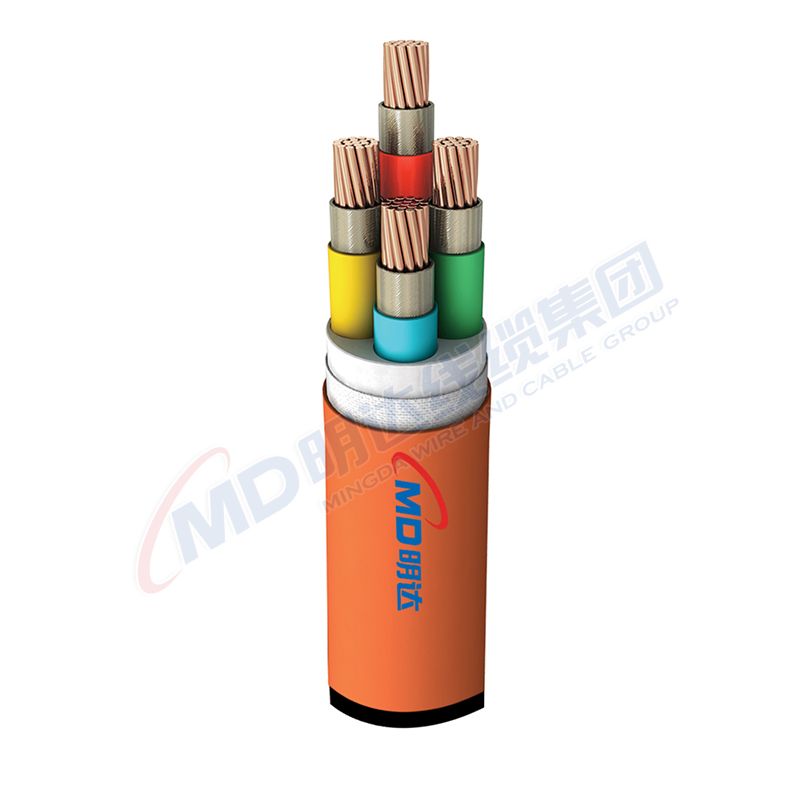9 月 . 26, 2024 03:08 Back to list
Copper Wire and Cable Solutions for Electrical Applications and Connectivity Needs
The Importance of Copper Wire and Cable in Modern Technology
Copper wire and cable play a pivotal role in today's technology-driven world. Due to their unique properties, copper materials are the backbone of electrical conductors, enabling the transmission of electricity and data efficiently and reliably. This article will explore the significance of copper wire and cable, their applications, advantages, and the future of this essential material.
Copper has been used for electrical wiring since the 19th century, largely due to its excellent conductivity. It allows electricity to flow with minimal resistance, making it an ideal choice for a variety of applications, from household electrical systems to complex communication networks. The high thermal conductivity of copper also reduces the risk of overheating, which is crucial for maintaining safety and efficiency in electrical systems.
One of the most notable characteristics of copper wire is its ductility. Copper can be drawn into thin wires without breaking, making it easy to manufacture cables of various types and sizes. Whether it’s for power distribution in homes, telecommunications, or industrial machinery, copper wire can be tailored to meet specific needs. Additionally, copper's resistance to corrosion ensures a longer lifespan for electrical installations, reducing maintenance costs and downtime.
copper wire and cable

Copper cables are also integral to data transmission. In the age of information technology, where rapid data exchange is essential, copper is utilized in a variety of network cables, such as twisted pair cables and coaxial cables. These cables enable high-speed internet connections, telephone lines, and even television broadcasts. With advancements in technology, twisted pair cables like Cat 5e and Cat 6 are prevalent in modern networking due to their ability to support high bandwidth and minimize electromagnetic interference.
Despite the emergence of alternatives like fiber optic cables, copper still holds a substantial market share. Fiber optics offer incredible speeds and bandwidth capabilities, but copper cables are more affordable and easier to install, making them a preferred choice for many applications, particularly in residential and small business environments. Additionally, the infrastructure for copper cable is already in place in countless locations, providing an immediate advantage over newer technologies that require additional investment in infrastructure.
Looking toward the future, advancements in copper technology continue to evolve. Research is ongoing to improve the efficiency and performance of copper cables, including innovations aimed at reducing weight and cost while enhancing conductivity. Furthermore, the increasing demand for renewable energy sources—such as solar and wind power—means that copper will continue to play a vital role in electrical grids and energy storage systems.
In conclusion, copper wire and cable remain indispensable in various aspects of modern life. From powering our homes to facilitating global communications, the applications of copper are vast and varied. As technology continues to advance, copper will undoubtedly adapt alongside it, ensuring that this remarkable material remains at the forefront of electrical and communication innovations. Despite the rise of new technologies, the unique properties and advantages of copper will sustain its relevance for years to come.
Share
-
Understanding the Differences Between Wafer Type Butterfly Valve and Lugged Butterfly ValveNewsOct.25,2024
-
The Efficiency of Wafer Type Butterfly Valve and Lugged Butterfly ValveNewsOct.25,2024
-
The Ultimate Guide to Industrial Swing Check Valve: Performance, Installation, and MaintenanceNewsOct.25,2024
-
Superior Performance with Industrial Swing Check Valve: The Essential Valve for Any SystemNewsOct.25,2024
-
Industrial Swing Check Valve: The Ideal Solution for Flow ControlNewsOct.25,2024
-
You Need to Know About Industrial Swing Check Valve: Functionality, Scope, and PerformanceNewsOct.25,2024